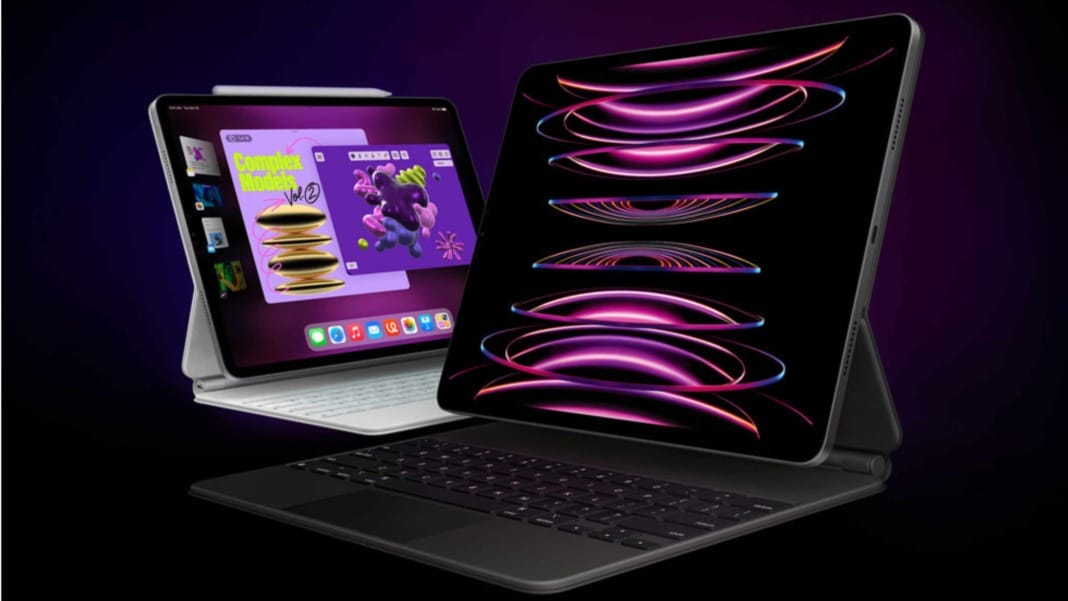Last month, Tim Cook unveiled the iPad Pro M4, a device that holds immense potential. While the launch primarily focused on hardware upgrades, it’s clear that a software update is now crucial to unlocking the full power of this advanced tablet.
Apple now has the chance to make Cook’s statement true by unveiling a robust operating system at WWDC that complements the powerful hardware of the new iPad Pro.
The current state of iPadOS
The base iPad running the current iPadOS is excellent for everyday tasks like reading, checking emails, and watching videos. If these are your primary uses, spending over US$500 on a tablet is unnecessary. However, the iPad Pro M4, with its advanced M4 processor, OLED screen, ample RAM, and storage, is built for much more. Apple has invested heavily in convincing users that the iPad Pro is a serious tool for real work, even though the current operating system often needs to catch up.
The iPad Pro is undeniably a powerful computer. You can customise it with various processors, RAM, and storage options, and it comes with a keyboard that now includes a trackpad and function row, making it more like a MacBook than ever. Additionally, the iPad Pro supports a US$130 stylus with advanced features. However, despite its impressive hardware, the current iPad OS doesn’t fully support its capabilities.
The limitations of iPadOS have been a persistent issue, particularly for professionals using the iPad Pro. While the hardware is top-notch, the current operating system falls short, preventing the iPad Pro from realising its full potential.
What needs to change
If you haven’t attempted to work on an iPad, consider yourself fortunate. The experience can be frustrating. Writing this article on a Bluetooth keyboard connected to an 11-inch iPad Air M2, I find it slow and cumbersome compared to a convertible Chromebook. Simple tasks like writing a blog post while adding photos and links are more time-consuming on an iPad due to the constant need to switch between full-screen apps.
While Stage Manager is a step in the right direction, it still needs an external monitor. The iPad also lacks proper multiwindow support, making it challenging to snap app windows to specific screen areas or save window configurations.
Advanced tasks reveal even more limitations. For instance, Final Cut Pro on the iPad fails to export videos if you switch from the app, as iPadOS doesn’t support proper background processes. There is no task manager, file manager, clipboard manager, or the ability to fill gaps in functionality with third-party apps. These are essential features that the iPad’s hardware could easily support.
Federico Viticci of MacStories has extensively documented the shortcomings of iPadOS, but you don’t need to be an expert to notice them. Just try using the iPad like a traditional computer for a few minutes, and you’ll encounter numerous frustrations.
Bridging the gap between the iPad and MacBook
Apple has always maintained that an iPad is an iPad and a MacBook is a MacBook. However, this argument becomes weak when the iPad Pro costs as much as a MacBook, runs on a similar architecture, and has a keyboard that mimics a MacBook’s functionality.
It might seem like I’m asking for macOS on the iPad, and perhaps that’s one solution. However, Apple has the urgent need to develop an iPadOS that is as powerful as its hardware while remaining distinct from macOS. This is not just a request; it’s a necessity.
When compared to its competitors, like the Surface Pro by Microsoft, the iPad Pro’s limitations become apparent. The Surface Pro offers a complete operating system with features like a task manager, file manager, and background processes—functionalities that the iPad Pro needs to match its hardware capabilities.
While it’s unlikely that many iPad enthusiasts will switch to a Windows device, the limitations of iPadOS make the Surface Pro more appealing. Apple’s challenge is to deliver an operating system that matches the iPad Pro’s hardware, giving users the complete experience they were promised.





